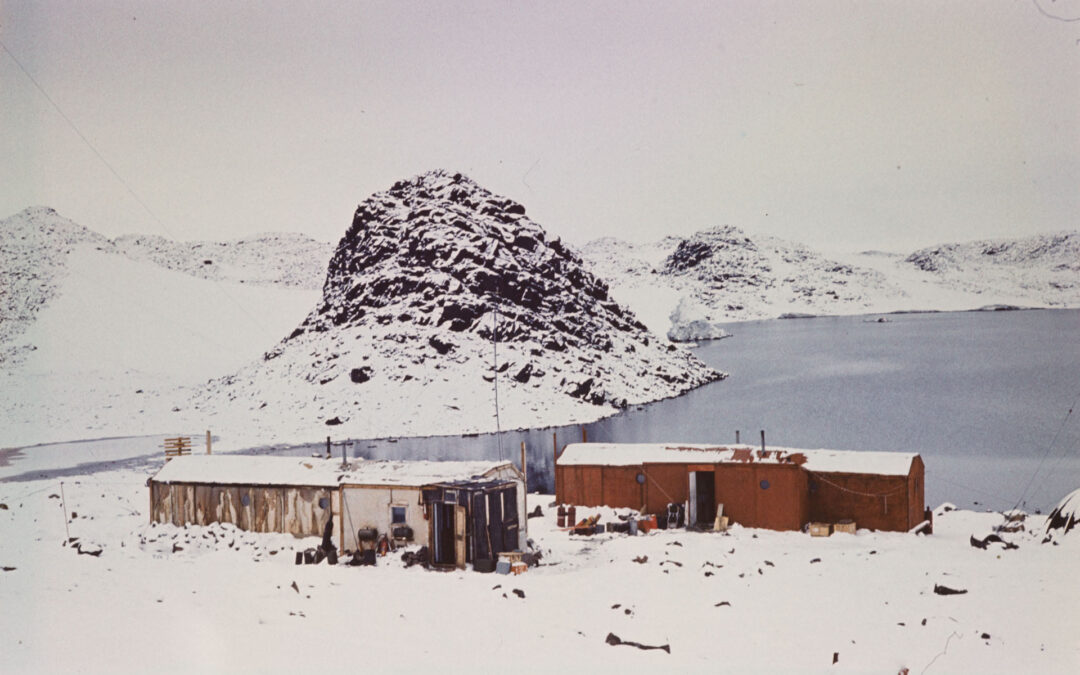A group of scientists have arrived at the only Polish research station on mainland Antarctica, which has been dormant since 1979 but will now be reactivated.
The team – headed by Marek Lewandowski and which includes Monika Kusiak, the first Polish woman to work at the station – arrived at the Dobrowolski Polar Station on Saturday morning Polish time, almost two months after setting off on their expedition.
They will now spend around six weeks reactivating the station in the Bunger Hills, also known as Bunger Oasis, and setting up equipment which will conduct seismic and magnetic measurements.
Dziś rusza wyprawa org. przez Inst. Geofizyki PAN do Polskiej Stacji Antarktycznej im. Dobrowolskiego. Naukowcy rozpoczną badania głębokich struktur Ziemi i procesu generacji ziemskiego pola magnetycznego. Polscy polarnicy ostatni raz byli tam 40 lat temu. https://t.co/NFnkIjhFwo pic.twitter.com/5PqNOyMdzz
— Polska Akademia Nauk (@PAN_akademia) November 10, 2021
In early December, they set sail on a Russian icebreaker from South Africa, before leaving the Russian Mirny Antarctic station on New Year’s Day for the Shackleton Glacier. The last 100 kilometres were covered by helicopter.
“Hello from Mars!! We are in the Bunger Oasis!” wrote Kusiak to her colleague Krzysztof Otto at mission control in Warsaw, the Institute of Geophysics of the Polish Academy of Sciences, via satellite.
The unique climate and geological conditions of the Bunger Hills mean that the area is often compared to Mars, reports Polsat News. The team will carry out maintenance of the station’s two wooden buildings as well as installing and testing equipment.
“Given the inhospitability of this place, we ultimately plan to set up year-round, autonomous and automatic geophysical (seismic, magnetic) stations allowing us to study the deep structures and the process of generation of the Earth’s magnetic field,” explained Lewandowski before their departure.
“We also plan to put up an antenna for studying the ionosphere, whose condition, similarly to images of the magnetosphere, will allow better space weather forecasts, which seem to have an impact on climate change,” he added, quoted by Polsat News.
The demanding conditions also provide good opportunities for testing both innovative energy sources and telecommunications technologies for transmitting data, Lewandowski added. “The oasis is an excellent testing ground for collaboration between science and companies developing [such] technologies”, he said.
Preparations for the expedition have been going on for five years, and secured funding from the Ministry of Science and Higher Education in 2019, reports Polskie Radio. The team will remain at the Dobrowolski Station until 17-19 February.
The station is the oldest Polish research centre in Antarctica and the only one on the mainland. The other is located on King George Island, off the coast of the continent.
The Dobrowolski Station was built in 1956 by the Soviet Union and handed over to Poland three years later, but was only occupied for a few weeks. It was briefly reactivated in 1979, but the occupants had to be evacuated after an overwintering attempt failed.
The Soviet Union built another station in the area in the late 1980s, and Australia also has a station just seven kilometres from the Polish base.
Main image credit: PASDobrowolski/Facebook

Ben Koschalka is a translator and senior editor at Notes from Poland. Originally from Britain, he has lived in Kraków since 2005.



















